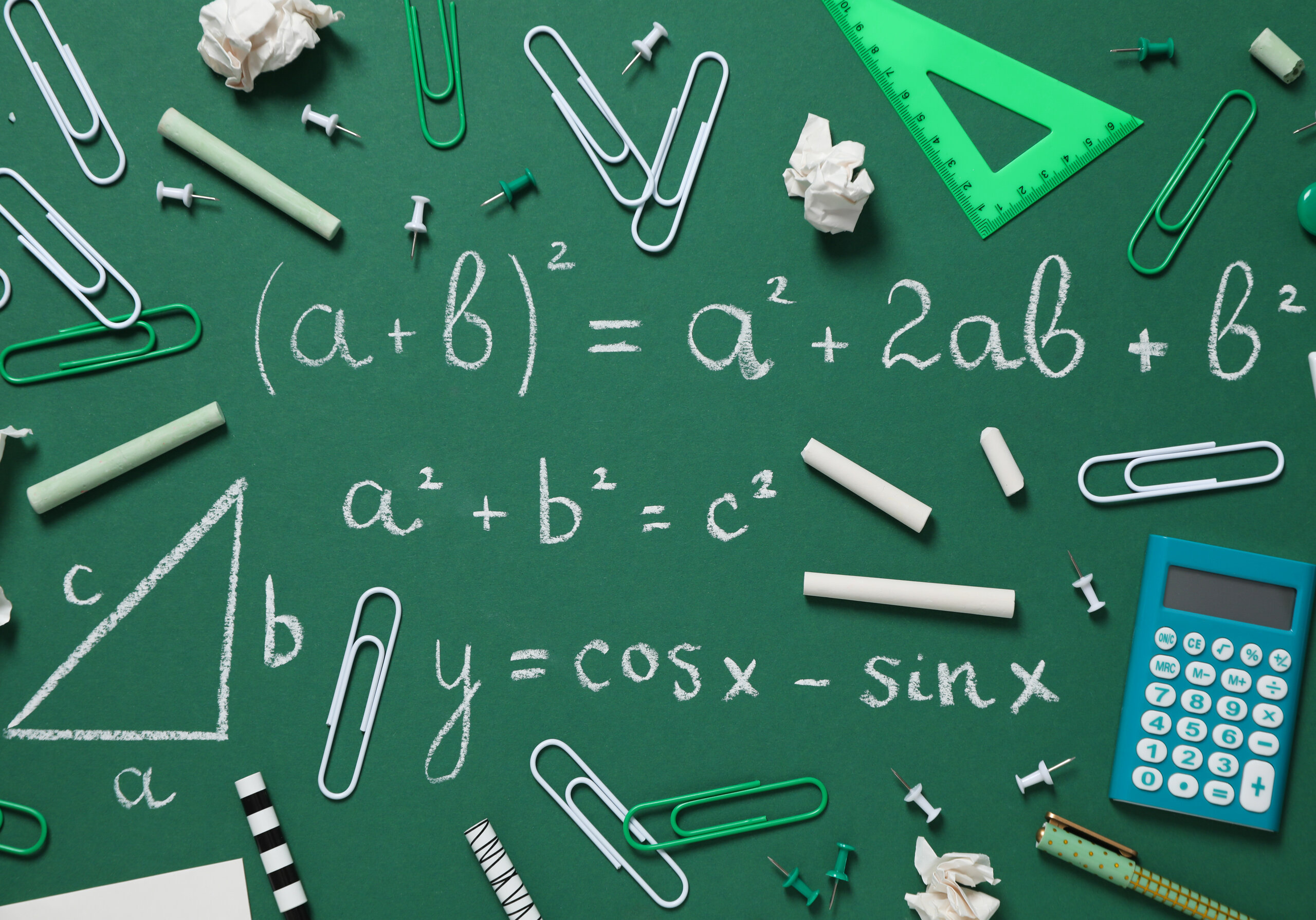Embark on your A-Level journey with us and earn UCAS points for university admission.
 Course Overview
Course Overview
Discover the convenience of Open Learning College’s Distance Learning A-Level Courses, designed to accommodate students worldwide with the flexibility to study from the comfort of home. These comprehensive two-year programs provide access to extensive online course materials and personalised tutor guidance through a virtual learning platform. Upon completion of examinations, students receive certificates endorsed by reputable Awarding Bodies such as Edexcel, AQA, or OCR.
Whether you’re a newcomer to academia or seeking to enhance your qualifications for university admission, our adaptable A-Level courses are tailored to suit your individual needs. Study at your own pace, on your own schedule, and from any location that suits you.
Our comprehensive two-year A-Level Courses cover both the AS and A2 components, requiring students to sit exams as private candidates at approved examination centres. Successful completion of all required exams within a single assessment period ensures eligibility for the full A-Level qualification.
The study of Mathematics holds a revered status in academia and beyond, with universities placing great value on applicants proficient in this subject. The course offered by Open Learning College serves as an invaluable pathway for individuals seeking to deepen their understanding of mathematics and showcase their proficiency to prospective institutions. Through a rigorous curriculum grounded in the exploration of original sources, students embark on a journey of intellectual discovery, gaining insight into the foundational principles and applications of mathematics.
One of the key strengths of this course lies in its ability to foster a genuine passion for mathematics among students. By delving into the intricacies of mathematical theory and practice, individuals are encouraged to cultivate an enduring enthusiasm for the subject, transcending rote learning to embrace the inherent beauty and complexity of mathematical concepts. Through engaging with set texts and problem-solving exercises, students are empowered to form their own unique perspectives, fostering a sense of ownership and agency in their mathematical journey.
Moreover, the course offers a platform for students to enhance their mathematical skills across various domains, from geometry to algebra and beyond. By providing a comprehensive overview of fundamental mathematical principles, students develop a robust toolkit for tackling a myriad of mathematical challenges with confidence and precision. Through guided practice and application, individuals not only sharpen their computational skills but also cultivate a deeper understanding of mathematical concepts, laying a solid foundation for further academic pursuits and professional endeavours.
Furthermore, the emphasis on original sources and critical engagement underscores the course’s commitment to nurturing well-rounded mathematicians capable of independent inquiry and analysis. By encouraging students to interrogate mathematical texts and methodologies, the course instils a culture of intellectual curiosity and rigour, equipping individuals with the critical thinking skills necessary for success in higher education and beyond. Through this holistic approach to mathematical study, students emerge not only as adept problem-solvers but also as discerning thinkers capable of navigating the complexities of the mathematical landscape with confidence and proficiency.
 Course Key Topics
Course Key Topics
the A-Level Mathematics course is divided into 4 modules.
Module 1: Pure Mathematics Part A
Lesson 1 – Proof
Understanding the structure of mathematical proof, including proof by deduction, proof by exhaustion and disproof by deduction.
Lesson 2 – Algebra and functions
Understanding the laws of indices for all rational exponents, rationalising the denominator, working with quadratic functions, solving simultaneous equations and using graphical information to solve equations.
Lesson 3 – Coordinate geometry in the (x, y) plane
Understanding the equation of a straight line, applying the use of coordinate geometry and understanding the use of parametric equations in modelling in a variety of contexts.
Lesson 4 – Sequences and series
Understanding the use of Pascal’s triangle, working with sequences (including increasing, decreasing and periodic sequences) and understanding sigma notation for sums of series.
Lesson 5 – Trigonometry
Understanding the definitions of sine, cosine and tangent, solving trigonometric equations, using trigonometric functions to solve problems in context.
Module 2: Pure Mathematics Part B
Lesson 1 – Exponentials and logarithms
Knowing and using functions and graphs that relate to exponentials and logarithms, understanding the laws of logarithms and understanding exponential growth and decay, along with the consideration of limitations and refinements of exponential models.
Lesson 2 – Differentiation
Understanding sketching the gradient function for a given curve, second derivatives, the use of second derivative as the rate of change of a gradient, understanding how to apply differentiation to find gradients, tangents and normals.
Lesson 3 – Integration
Knowing the Fundamental Theorem of Calculus, understanding and evaluating definite integrals, carrying out simple cases of integration by substitution and integration by parts and interpreting the solution of differential equation in the context of solving a problem.
Lesson 4 – Numerical methods
Understanding that sign change is appropriate for continuous functions in a small interval, solving equations approximately using simple iterative methods, understanding the Newton-Raphson method and using numerical methods to solve problems in context.
Lesson 5 – Vectors
Using vectors in two dimensions, calculating the magnitude and direction of a vector, adding vectors diagrammatically, understanding and using position vectors, using vectors to solve problems in pure mathematics and context.
For the second year of study the focus turns to Statistics and Mechanics, the year will be split between the two sections of study where a more in-depth look is given to the following topics:
Module 3: Section A: Statistics
Lesson 1 – Statistical sampling
Understanding and using the terms ‘population’ and ‘sample’, understanding and using sampling techniques and applying sampling techniques in the context of solving a statistical problem.
Lesson 2 – Data presentation and interpretation
Interpreting diagrams for single-variable data, interpreting scatter diagrams and regression lines for bivariate data, plus recognising and interpreting possible outliers in data sets and statistical diagrams.
Lesson 3 – Probability
Understanding mutually exclusive and independent events when calculating probabilities, understanding conditional probability and modelling with probability, including critiquing assumptions made.
Lesson 4 – Statistical distributions
Understanding and using simple, discrete probability distributions, calculating probabilities using binomial distribution, understanding the use of Normal distribution as a model and selecting an appropriate probability distribution for a context.
Lesson 5 – Statistical hypothesis testing
Understanding and applying the language of statistical hypothesis testing, conducting statistical hypothesis test using binomial distribution and understanding a sample being used to make an inference about the population.
Module 4: Section B: Mechanics
Lesson 1 – Quantities and units in mechanics
Understanding and using fundamental quantities and units in the S.I. system, understanding and using derived quantities and units.
Lesson 2 – Kinematics
Understanding and using the language of kinematics, interpreting graphs in kinematics for motion in a straight line, understanding how to derive the formulae for constant acceleration for motion in a straight line and using calculus in kinematics for motion in a straight line.
Lesson 3 – Forces and Newton’s laws
Understanding the concept of a force, applying and using Newton’s second law for motion in a straight line, understanding using weight and motion in a straight line under gravity and applying Newton’s third law.
Lesson 4 – Moments
Knowing and using moments in simple static contexts, including problems involving parallel and non-parallel coplanar forces.
(Please click on the curriculum tab above to see a detailed view of each module)
Course Content
A-Level Mathematics – FREE Starter Pack
How to…. (a series of explainer videos)
Module 1 – Pure Mathematics Part A
Module 2 – Pure Mathematics Part B
Module 3 – Section A: Statistics
Module 4 – Section B: Mechanics
Course Resources
Final Exam
College Announcements
🔍 Explore the World of Numbers with £50 OFF the Course! 🧮💰
Ready to dive into the realm of mathematics?
For a limited time, seize the opportunity to enrol in our A Level in Mathematics course with an exclusive £50 discount!
Use code MATH50 at checkout before the month concludes!
🌟 Why Choose Our A Level in Mathematics Course
Presented by Open Learning College, this course offers a comprehensive exploration of mathematical concepts, from algebra and calculus to geometry and statistics. Dive into engaging modules designed to strengthen your problem-solving skills and mathematical reasoning, paving the way for further study or careers in mathematics-related fields.
💡 What Makes Our Course Stand Out
Interactive Learning: Engage with interactive lessons, exercises, and practice problems that reinforce your understanding of mathematical principles.
Expert Tutor Support: Receive personalised feedback and guidance from experienced mathematics tutors who are dedicated to helping you succeed.
Real-World Applications: Apply mathematical theories to real-world scenarios, developing practical skills applicable in various academic and professional settings.
Don't miss this opportunity to unlock the secrets of mathematics at a discounted rate! Enrol now, use code MATH50* at checkout, and embark on your journey towards mastering mathematics. 🧮📚🎓
*This discount code cannot be used in conjunction with any other offer.








 Get Social!
Get Social!











Thomas Brown